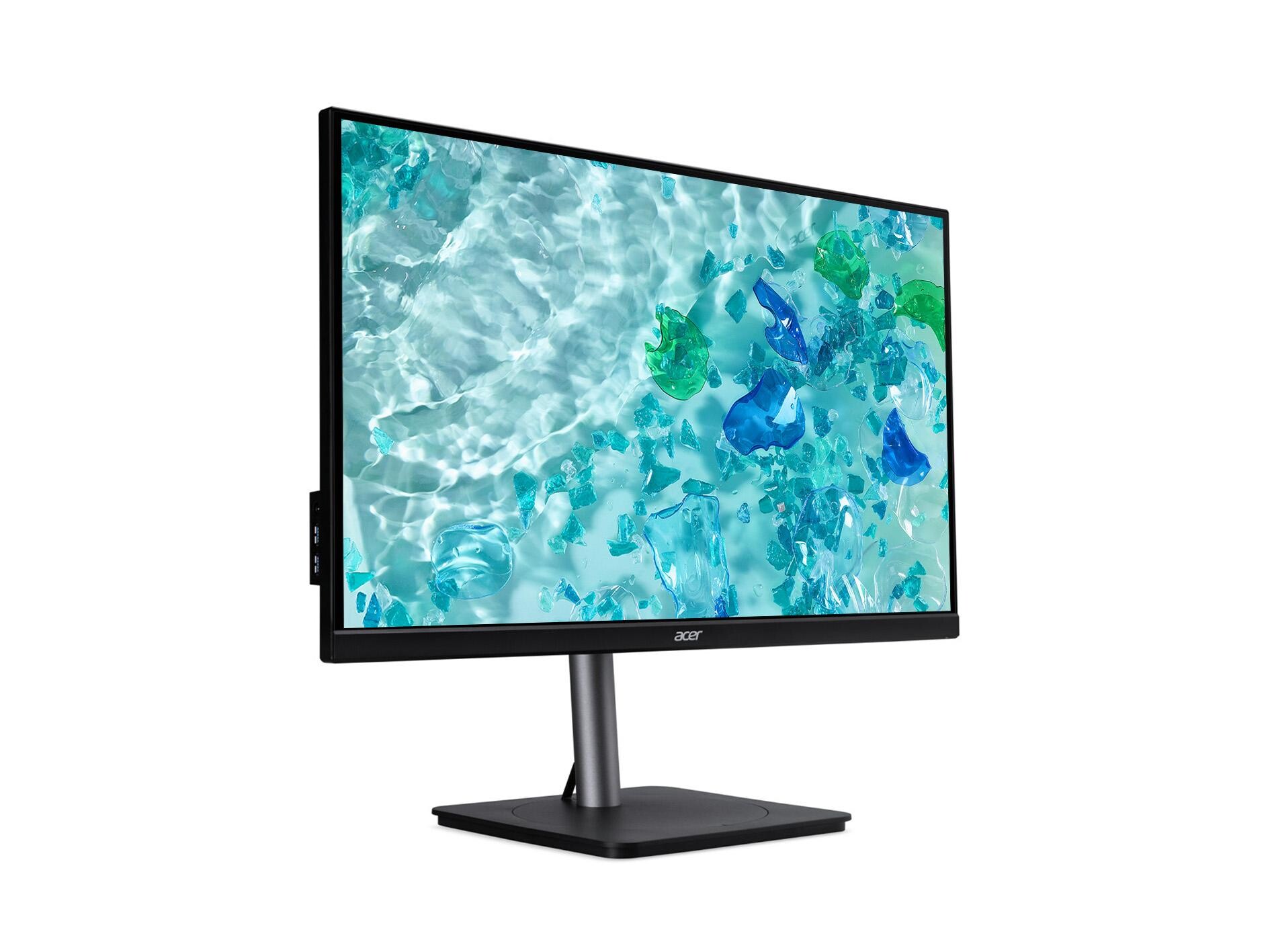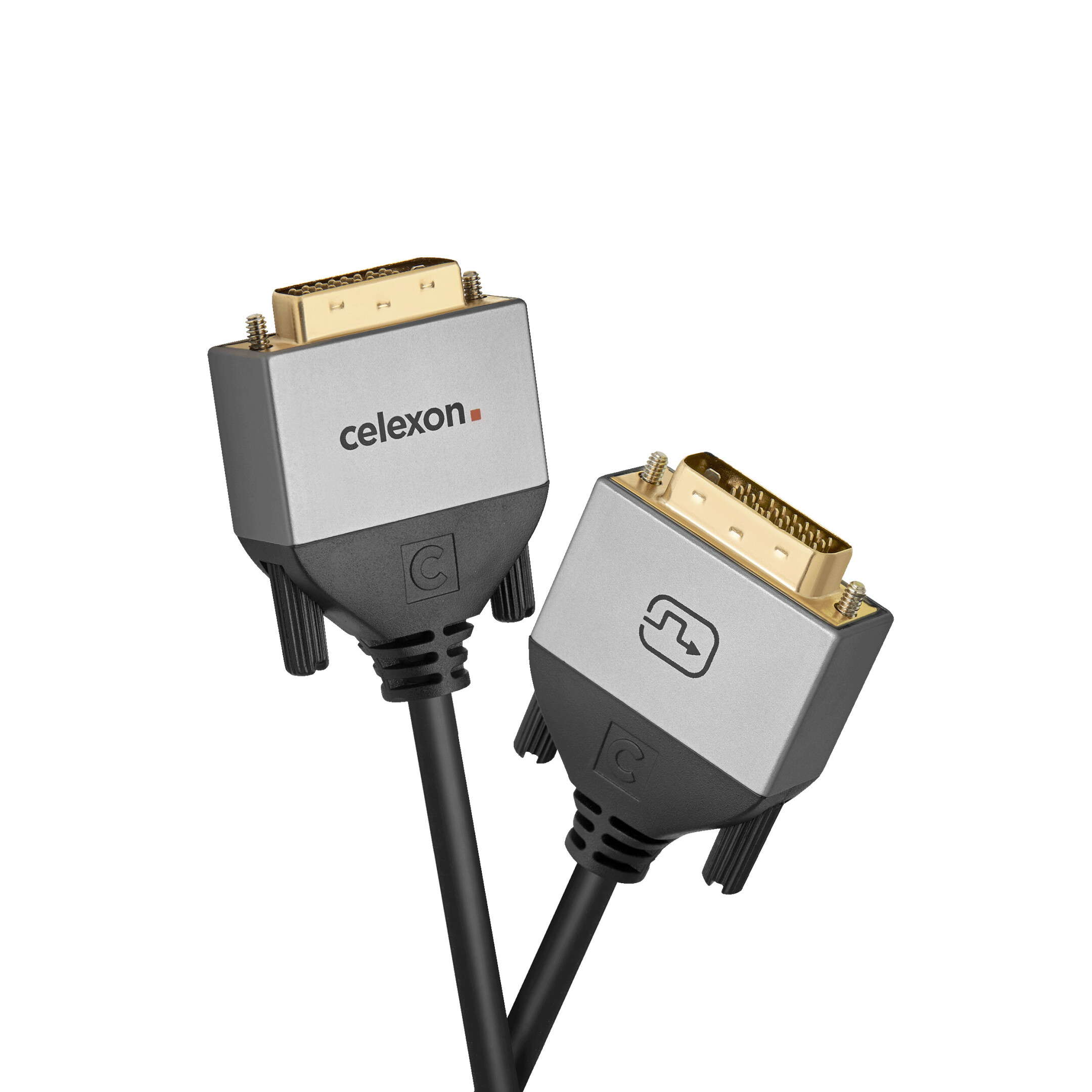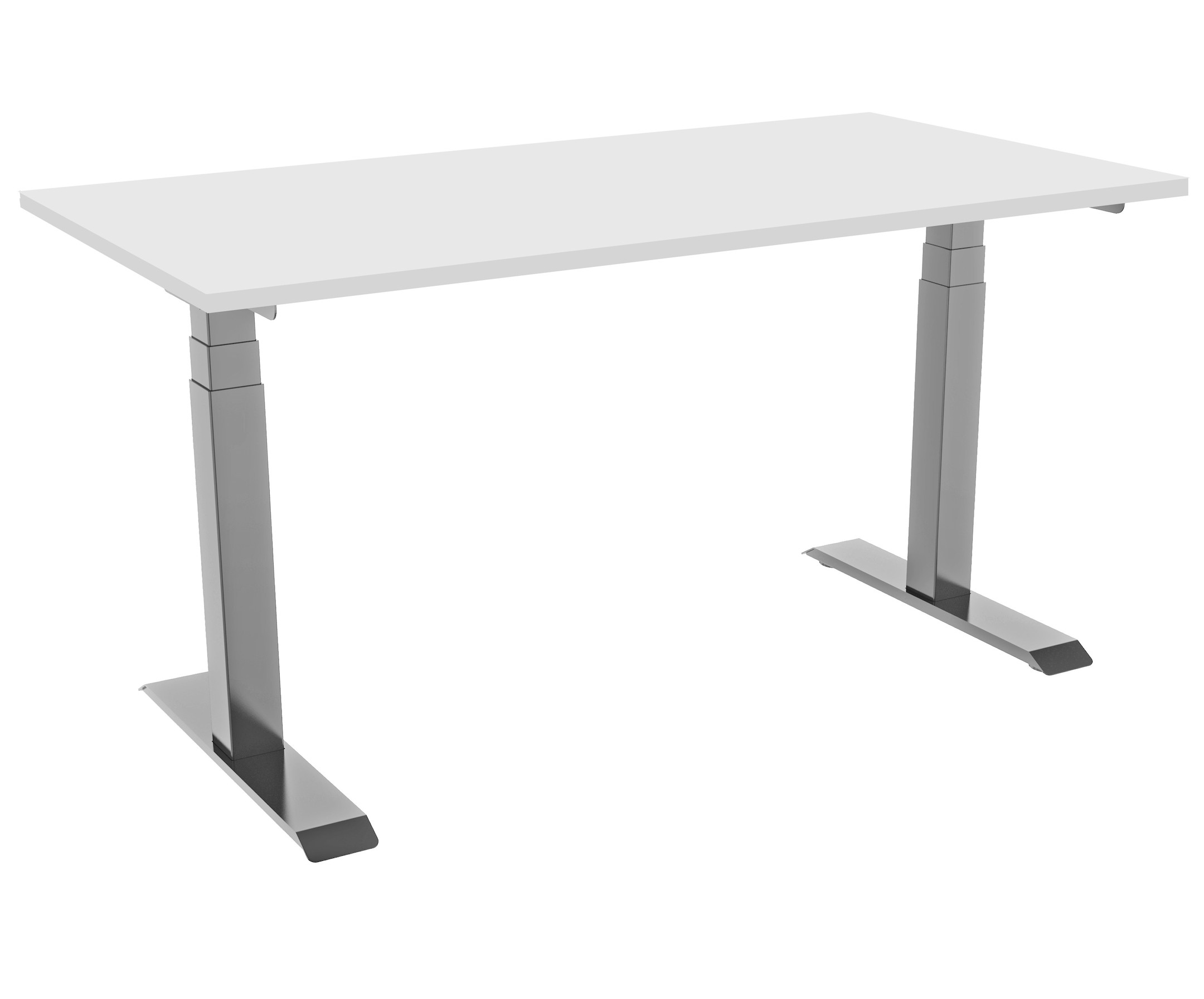















£266.18*
Prices incl. VAT.
3-5 working days Only 1 available. Ready to ship immediately. Delivery Time 3-5 working days
Shipping from £8.99 Product number: 1000029253
- Resolution 2560 x 1440 QHD / WQHD
- Diagonal 27"
- Panel type IPS
- Refresh Rate 140Hz
A G
F Energy efficiency class



visunext Services
Frequently purchased together
£33.99*
£12.99*
Product information
This series is ENERGY STAR®, TCO and EPEAT certified, reflecting Acer's commitment to the environment. It is made of up to 65% post-consumer recycled (PCR) plastic and uses 100% recyclable packaging.The Acer monitor tilts, rotates, adjusts height and swivels for flexibility to adapt to any environment and find the best viewing angle.
- Viewable diagonal: 68.6 cm (27.0 inches)
- Display size (WxHxD) without base: 614.40x367x67.30
- Response time: 4ms(GTG), 1ms(VRB) ms
- Brightness: 350 cd/m²
- Signal input: 1x HDMI, 1x DP, 1x USB3.1 Type-C (90W charging power), 4x USB 3.0 + 2x USB-B (2up 4down), Audio Out, 1x RJ45
Technical data
| Name | Acer Vero CB273UE 27" IPS Monitor, 2560 x 1440 QHD / WQHD, 140Hz, 4ms |
|---|---|
| Article number | 1000029253 |
| GTIN/EAN | 4711121730719 |
| Manufacturer SKU | UM.HB3EE.E02 |
| EPREL ID | 1610832 |
| Model name | Vero CB273UE |
| Brand | Acer |
| Product Type | Monitor |
| Product Series | Acer CB Series |
| Technology | LCD |
| Panel type | IPS |
| backlight | Direct-LED |
| Resolution | 2560 x 1440 QHD / WQHD |
| Diagonal | 27" |
| Aspect Ratio | 16:9 |
| Viewing angle - Horizontal | 178° |
| Viewing angle - Vertical | 178° |
| Contrast Ratio | 1,000 :1 |
| Max. Brightness | 350 cd/m² |
| Response time | 4ms |
| Refresh Rate | 140Hz |
| Support - VESA | 100 x 100 |
| Inputs | 1x Displayport , 1x HDMI , 1x USB-C , 2x USB-B , 4x USB-A |
| Outputs | 1x 3,5mm Jack |
| heightadjustable foot | 120 mm |
| Features | Flicker Free , Integrated speaker |
| Product width | 61.44 cm |
| Product height | 36.76 cm |
| Product depth | 6.73 cm |
| Weight | 5.29 kg |
| Colour | Black |
| EEK Spectrum | A to G |
| Energy efficency class | F |
| Delivery contents | DisplayPort Cable , HDMI Cable , Power cable , USB-C Cable |
| Condition | New |
| Warranty | 36 Month |
| Warranty type | Bringin service Service and support information |
Downloads
Product safety
| Person responsible for the EU |
|---|
| Acer Computer GmbH |
| Kornkamp 4 |
| 22926 Ahrensburg |
| Germany |
| support@acer.com |















